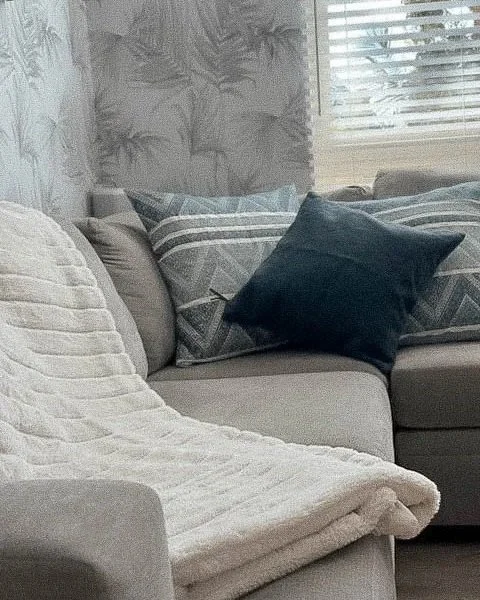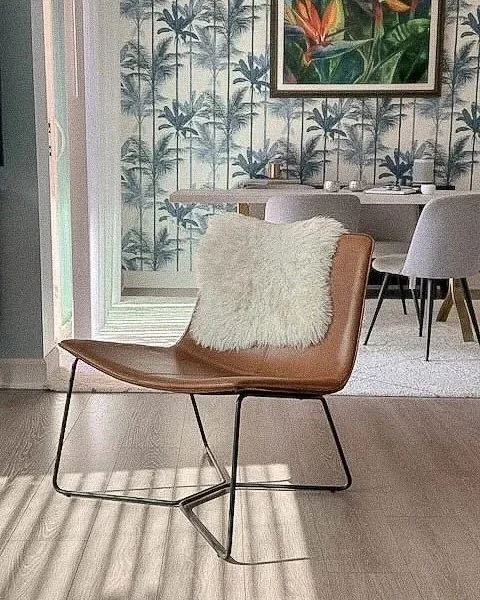Quiet Interiors
Spaces that soften pace through seasons of change + transition.
Every shift in family rhythm — a new baby, a returning loved one, a growing child, or simply a new chapter of living — asks your interior design to evolve. Spaces take on new purpose. Light, layout, and materials begin to work differently. This guide brings a calm, design-led approach to shaping a home that adapts beautifully, without losing your aesthetic — the same principle explored in Order, Flow & Design, where spatial clarity becomes emotional clarity.
Furniture That Evolves With the Space
Choose pieces that can transition across seasons of life — a crib that becomes a reading bench, a dresser that doubles as a slim storage console, a sofa that shifts between work zone and family room.
Quiet silhouettes and natural textures help the room stay cohesive as design that adapts with you unfolds over time — a rhythm shared with Simple, Functional, Personal, where living and design move together rather than compete.
Editing the Room to Restore Clarity
Design begins with space, not objects. Clearing surfaces, simplifying layouts and opening pathways immediately softens the atmosphere.
Reducing visual noise creates quiet, design-led spaces where new routines feel calmer, gentler and more intentional.
Storage Integrated Into the Architecture
Storage should support the room, not interrupt it.
Wall-mounted shelving, linen baskets, slimline cabinets and under-bench drawers help movement stay fluid while keeping the palette consistent. A simple nightly reset brings the room back to stillness.
Layering Lighting to Shape Mood
Lighting becomes emotional architecture.
Warm lamps anchor the evenings, blackout drapes deepen daytime rest, and soft, low night lights support quiet check-ins. Light guides the room through changing rhythms with ease.
Reimagining Small and Overlooked Spaces
Alcoves, corners and transitional pockets often hold the most potential.
A small reading nook, a wardrobe rail, a play corner or a micro-workspace can be created with minimal intervention — a reminder that thoughtful design matters more than square footage.
Designing Flow for Shared Living
A small rearrangement or a more open layout can bring unexpected ease to day-to-day life.
Being able to cook, work or rest while staying connected to others creates warmth and gentle movement. Even in shared spaces, keep one corner for yourself — a grounding moment within the flow.
Protecting Your Aesthetic Through Materials
Life may shift, but your design language can stay calm and consistent.
Washable paints, minimal furniture, natural fibres, and soft, neutral palettes keep the space feeling cohesive, elegant, and quietly luxurious.
Creating Spaces That Support Everyone
Transitions — big or small — ask for clarity, softness and thoughtful intention.
A room designed with care supports every person in it, whether they’re arriving, returning, growing or beginning something beautifully new — a philosophy not unlike Blogging for Creatives, where evolution happens in slow, considered refinement rather than overhaul.



